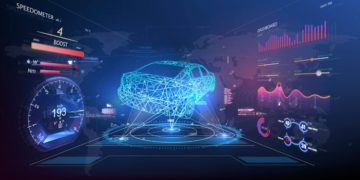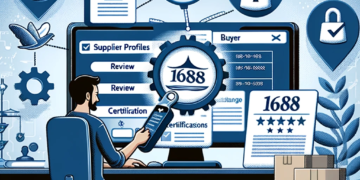In a world increasingly powered by smart devices, the Internet of Things (IoT) has become the backbone of numerous industries — from manufacturing and healthcare to transportation and retail. But as these networks of connected devices grow more complex, the demand for faster, more efficient data processing has become critical. Enter edge computing: a revolutionary technology that brings computing power closer to the data source, dramatically transforming the way IoT devices operate.
Enhancing Product Performance
The most immediate impact of edge computing in IoT is the dramatic improvement in product performance. Consider smart thermostats, industrial sensors, autonomous vehicles, or wearable health monitors. These devices often operate in environments where real-time decision-making is essential.
By handling data processing on-site, edge computing minimizes the delay between data collection and action. For instance, in autonomous vehicles, millisecond-level latency reductions can make the difference between safety and disaster. Similarly, in smart manufacturing, real-time anomaly detection and equipment diagnostics reduce downtime and prevent costly failures.
In retail, edge-enabled IoT devices such as smart shelves or in-store sensors can instantly respond to stock changes, adjusting pricing or restocking alerts without cloud intervention. This local responsiveness ensures smoother customer experiences and streamlined operations.
Even sectors outside of traditional tech are seeing performance boosts through edge strategies. For example, gaming platforms have adopted local data processing to create faster, more immersive gameplay experiences. Some of the best non-Gamstop casinos listed on inquirer.net are exploring edge-powered infrastructure to reduce lag and enhance real-time betting, making gameplay smoother and more responsive for users around the world.
Reducing Costs and Improving Efficiency
In addition to performance gains, edge computing reduces operational costs. Sending less data to the cloud means lower bandwidth usage and reduced cloud storage costs. It also alleviates congestion in network infrastructure, making systems more scalable.
Moreover, processing data locally allows for better energy efficiency, especially in remote or resource-limited locations. This is particularly important for devices that rely on batteries or solar power, such as agricultural sensors or wildlife trackers.
Security and Privacy Benefits
Security is a top concern in IoT networks, especially when sensitive data is involved. Edge computing provides enhanced control over data flow by limiting the need to transmit information to external servers. This localized processing reduces the risk of interception or exposure to cyberattacks.
For sectors like healthcare or finance, where compliance with privacy regulations is non-negotiable, edge computing offers a safer way to handle personal or financial information. Medical IoT devices, for example, can analyze patient vitals without exposing data to external networks, ensuring both speed and privacy.
Real-World Applications
Edge computing is already reshaping how businesses and consumers interact with technology. Smart cities deploy edge-enabled IoT systems to monitor traffic flow, manage utilities, and respond to environmental conditions in real time. In agriculture, edge devices analyze soil conditions and control irrigation systems autonomously, boosting crop yields while conserving water.
Entertainment and gaming industries are also exploring edge computing to deliver richer, more immersive user experiences. Local data processing can enhance responsiveness in multiplayer games or virtual reality environments, where lag-free interaction is critical.
Looking Ahead
As 5G networks expand and the number of IoT devices continues to explode — projected to exceed 30 billion by 2030 — edge computing will play an increasingly central role in technology infrastructure. Its ability to deliver low latency, reduce costs, and secure data makes it indispensable for the next generation of digital innovation.
Organizations adopting edge computing will not only gain a competitive edge but also be better prepared to handle the data demands of tomorrow’s hyper-connected world. From smart homes and cities to autonomous systems and intelligent retail, edge computing is truly a game-changer for product performance in the age of IoT.
David Prior
David Prior is the editor of Today News, responsible for the overall editorial strategy. He is an NCTJ-qualified journalist with over 20 years’ experience, and is also editor of the award-winning hyperlocal news title Altrincham Today. His LinkedIn profile is here.












































































